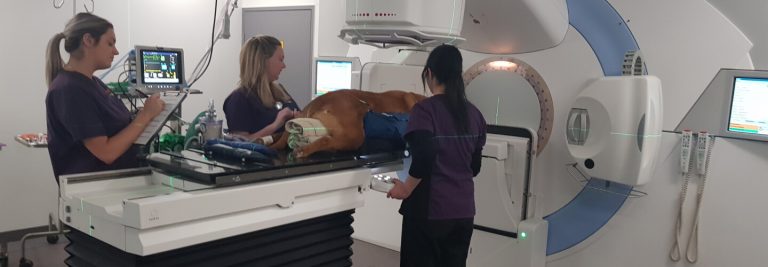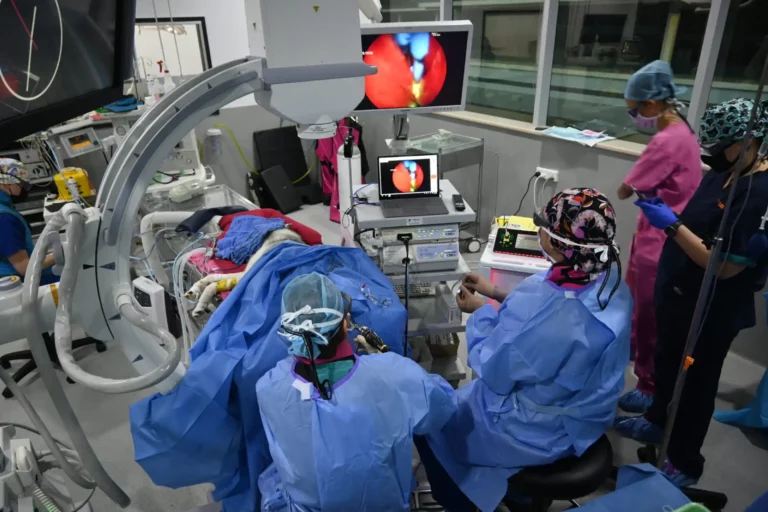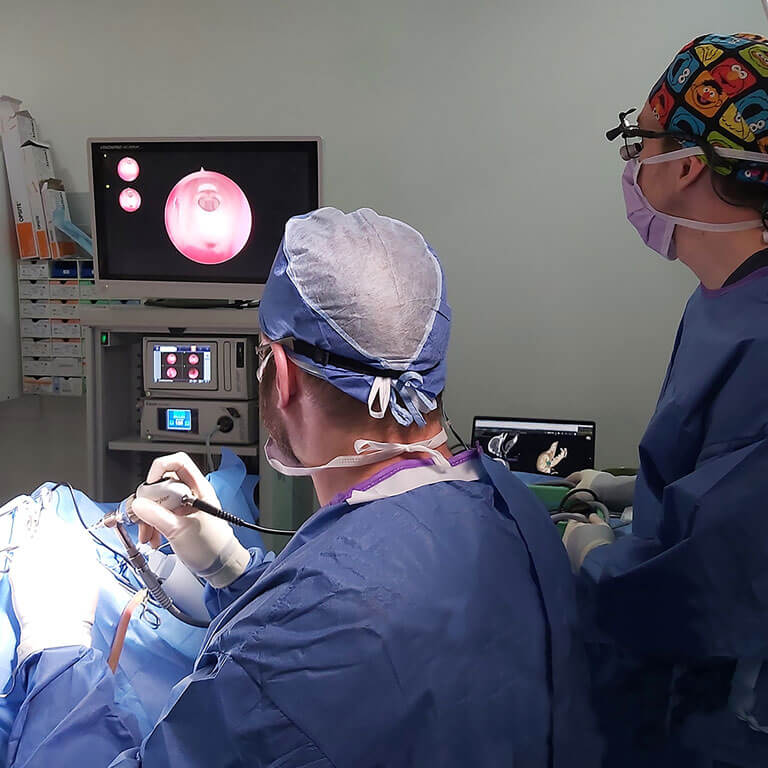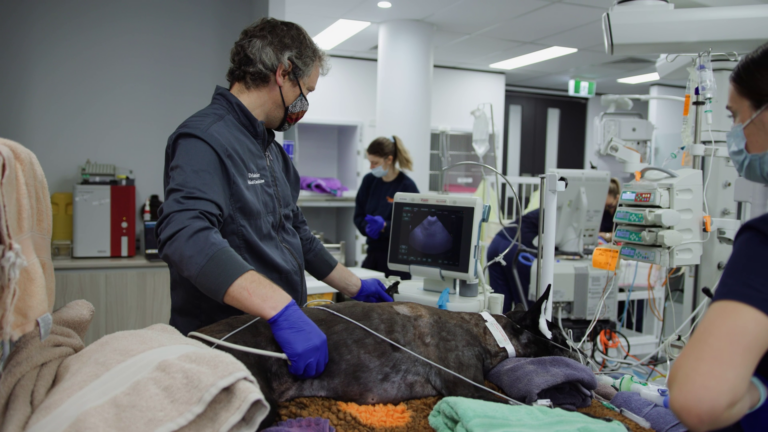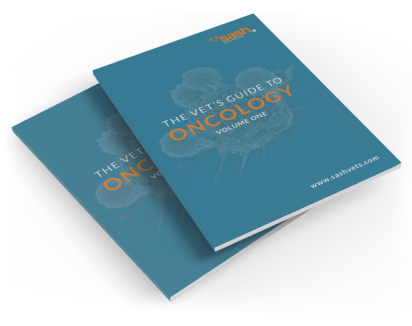SASH Sports Medicine & Rehabilitation highlights
- SASH is an Australian leader in sports medicine & rehabilitation
- Team of Sports Medicine & Rehab Vets and Therapists who are experts in treating joint, muscle, and mobility issues without surgery
- Providing knowledge and advanced services including physiotherapy and beyond
- Treatments include hydrotherapy, laser therapy, stem cell therapy, acupuncture, shockwave therapy, therapeutic massage and more
Our team is here to help pets with their mobility issues and to integrate physiotherapy & rehabilitation into our patients’ recovery.
At SASH, we believe that mobility is central to a pet’s well-being. For all our treasured companions, be they a dog, a cat, a rabbit or a chicken, the ability to play and move freely is an important part of a joyful and fulfilling life.
Veterinary Sports Medicine & Rehabilitation is a relatively new discipline in veterinary medicine. It was developed to help dogs participate fully in recreation or sports at any level. Veterinary Sports Medicine & Rehabilitation recognises that staying active – including playing, chasing and going for walks is important for each and every dog, from pets to canine athletes. As well as keeping dogs happy, movement helps to stave off chronic diseases such as osteoarthritis, heart disease, diabetes and many cancers.
Veterinary Sports Medicine & Rehabilitation involves the investigation of lameness, musculoskeletal pain and poor or abnormal movement in dogs, and the management of these conditions in ways that do not require surgery.
At SASH, Veterinary Sports Medicine & Rehabilitation services (including physiotherapy) are provided by a highly experienced, dedicated team in state-of-the-art facilities. We are passionate about doing all we can to return our patients to the quality of life they deserve.
About SASH Sports Medicine & Rehabilitation
At SASH, we are proud to have a caring and dedicated Sports Medicine & Rehabilitation team that includes veterinary specialists, Sports Medicine registrars, physiotherapists and experienced rehabilitation therapists. Some of our team members even have qualifications and experience in both human and veterinary rehabilitation.
Our Sports Medicine & Rehabilitation veterinarians are extensively trained in disease investigation and diagnosis, and a comprehensive range of treatment and rehabilitation options. Our physiotherapists and rehabilitation therapists are highly experienced with further qualifications in hydrotherapy, massage, joint mobilisation and a range of other techniques.
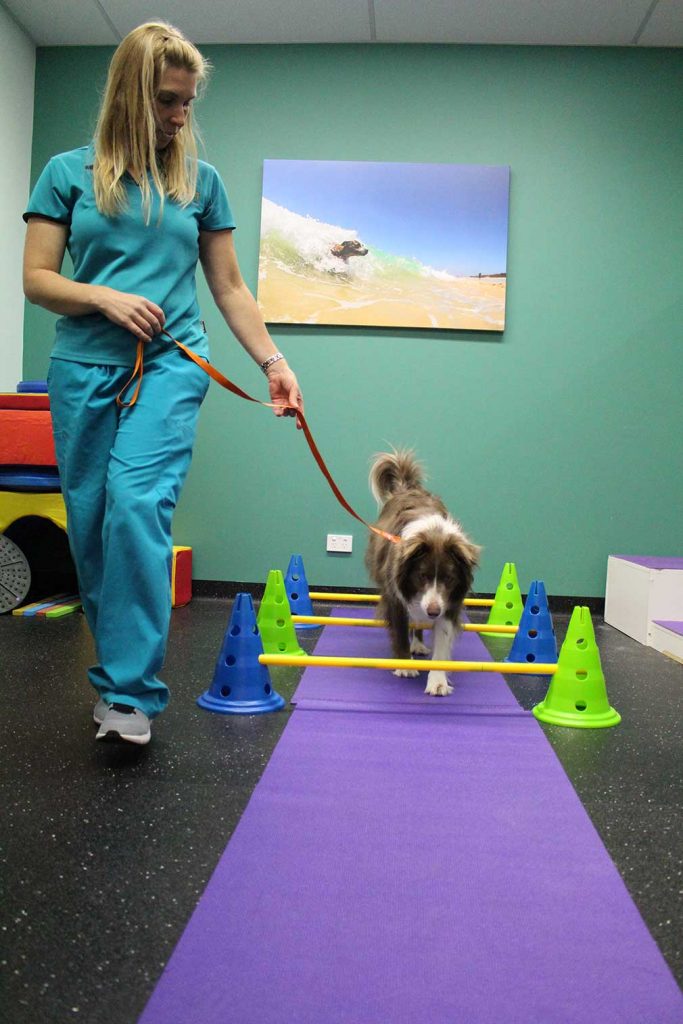
From the very beginning of a pet’s care at SASH, our Sports Medicine & Rehabilitation team works closely with other departments, such as Diagnostic Imaging, Surgery, Neurology and Internal Medicine to establish a diagnosis and formulate the most appropriate treatment plan. Rehabilitation therapies are initiated at the earliest opportunity and are fully integrated into the patient’s care. This proactive, collaborative, multi-disciplinary approach helps pets get back to the activities they love as soon as possible, giving families the joy of seeing their beloved companions restored to their happy selves.
What diagnostic services are provided by SASH Sports Medicine & Rehabilitation?
To investigate your dog’s pain or lameness, our facilities include:
- Diagnostic imaging – x-ray, CT, MRI, musculoskeletal ultrasound
- Needle arthroscopy (using a tiny camera to investigate joint disease)
- Temporospatial gait analysis (detailed observation of a dog’s movement)
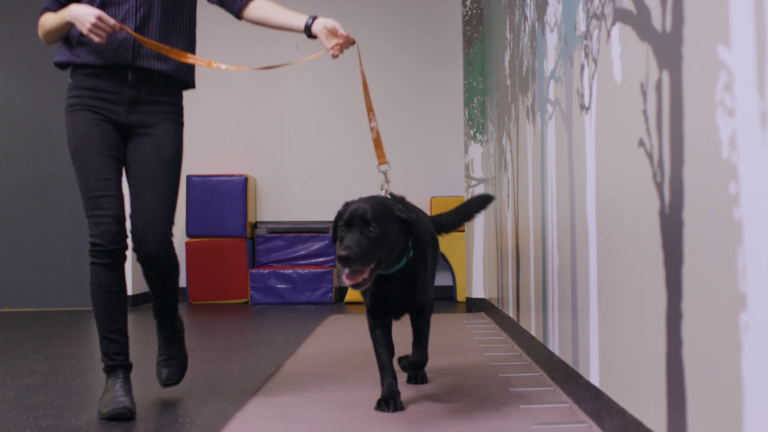
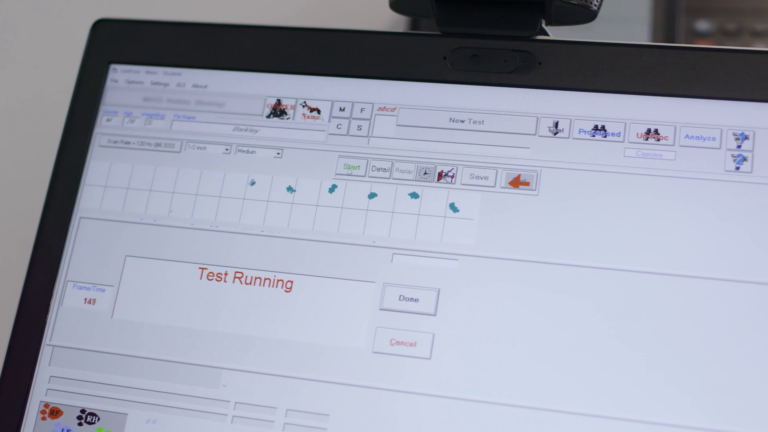
What treatment options are offered by SASH Sports Medicine & Rehabilitation?
Once a diagnosis is established, our team develops an individualised management plan based on each pets’ needs, their lifestyle and their family’s individual circumstances. We offer the same first-in-class treatment options that human athletes receive in the best health care facilities.
Sports medicine treatment services:
- Regenerative therapies including platelet-rich plasma (PRP), hyaluronic acid and stem cell therapies
- Local anaesthetic and corticosteroid injections
- Surgical arthroscopy
- Acupuncture
- Pain clinic
- Extracorporeal shockwave therapy
- Nerve blocks
Rehabilitation services:
- Massage
- Joint mobilisation
- Class IV therapeutic laser
- Therapeutic exercise
- Hydrotherapy (underwater treadmill).
The services and techniques used by SASH Sports Medicine and Rehabilitation have been clinically shown to deliver measurable improvements in variables such as reduction of pain, improvements in mobility, and limb circumference*.
Rehabilitation often takes time and commitment. We work closely with families to ensure that their pet’s rehabilitation plan is both suitable and manageable to give the best possible outcomes for all concerned.
How does SASH Sports Medicine & Rehabilitation assist with post-surgery care?
In human healthcare, rehabilitation is considered an essential part of recovery from surgery and certain types of illness. There is ample research showing that our pets benefit from rehabilitation as well. Physiotherapy and treatment options such as hydrotherapy, shockwave therapy and laser, can greatly improve pets’ strength and mobility, alleviate their pain and reduce the need for pain-killing drugs.
At SASH, the Sports Medicine and Rehabilitation team works closely with colleagues in other departments to maximise these benefits. For pets undergoing surgery, our team collaborates with the Surgery & Neurology departments to plan and implement rehabilitation as soon as possible, typically while in still hospital, just as human patients would receive.
Examples of surgeries that benefit from Sports Medicine & Rehabilitation services:
- Leg, knee, and cruciate surgery (e.g. TPLO)
- Hip surgery (e.g. total hip replacements)
- Fracture repairs
- Spinal surgery (e.g. IVDD/slipped disc surgery)
- Brain surgery
As well as looking after in-patients, ongoing consultations with our rehabilitation therapists are offered after patients are discharged from hospital.
Advice and fitting are available for harnesses, supportive splints and wheelchairs.
*References
Fahie et al. 2013, JAVMA 243 (9): 1291-1297
Looney et al. 2018, Can Vet J, 59:959-966
Monk et al. 2006, AJVR 67(3): 1-8
